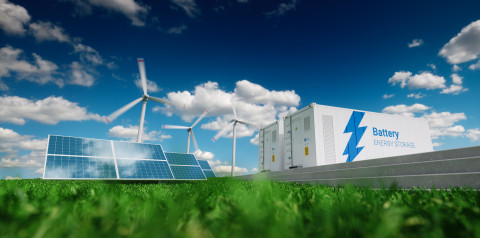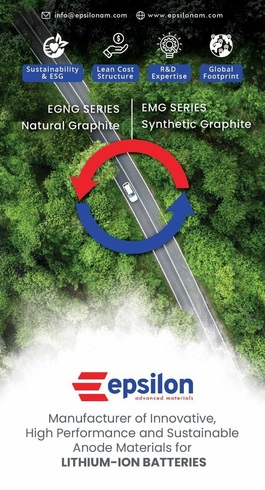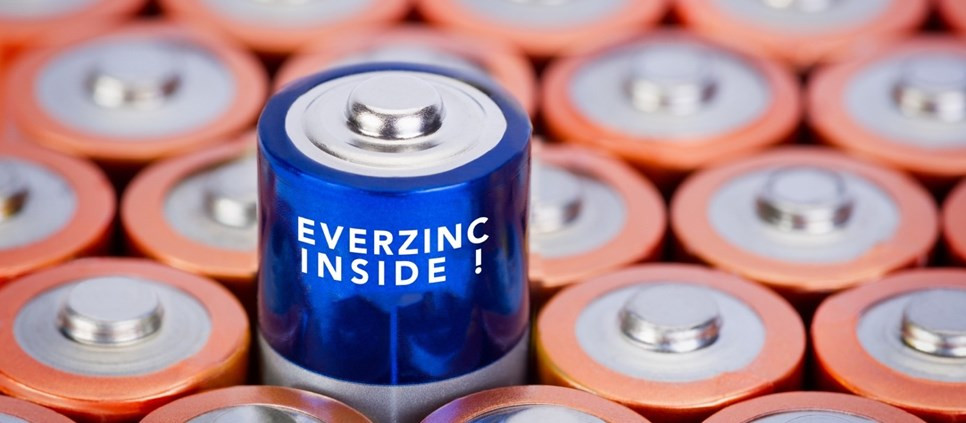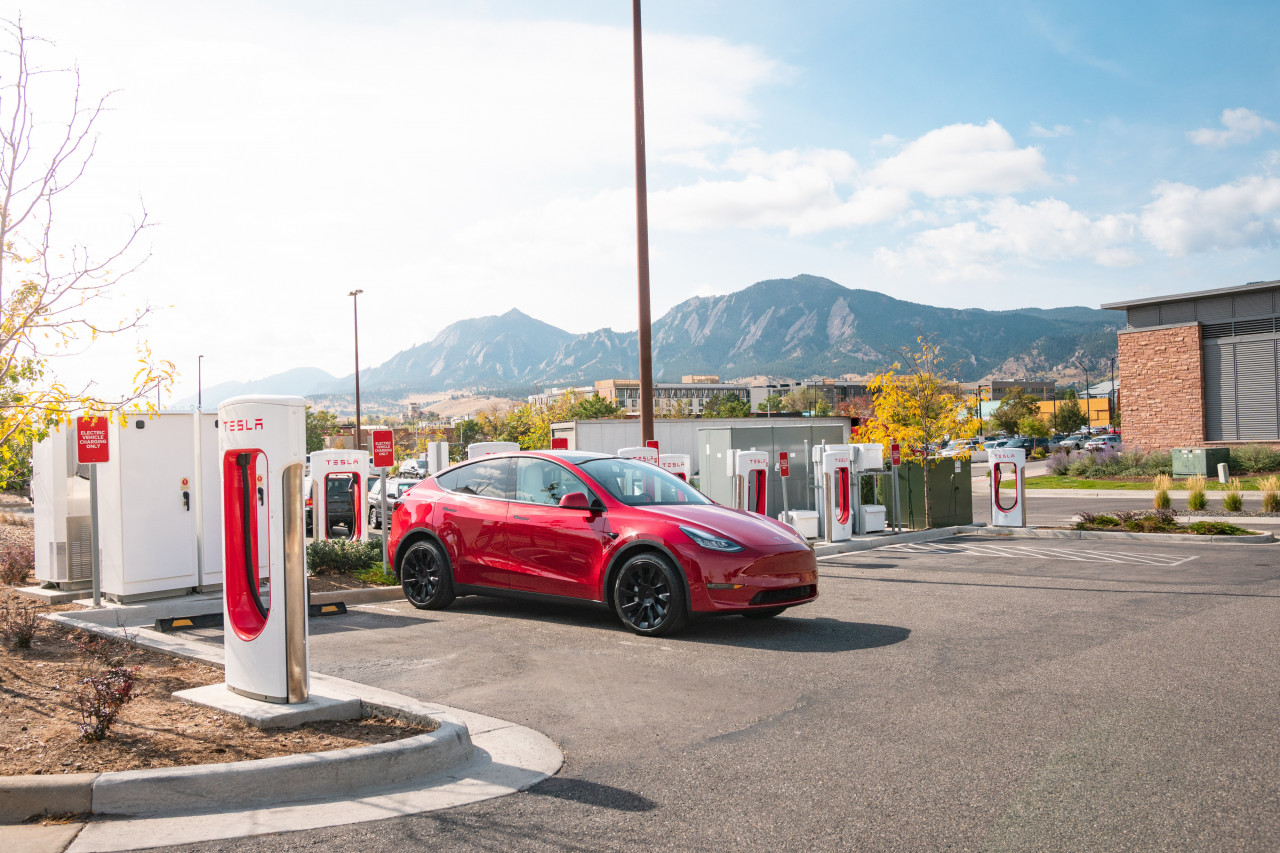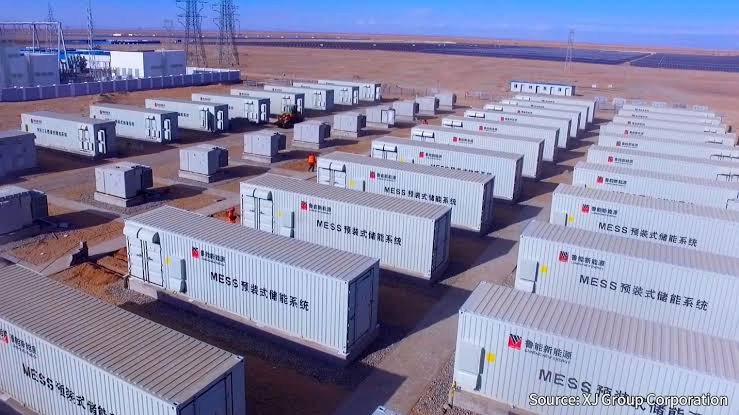Architectural powerhouse designs buildings with built-in gravity energy storage
The firm that designed the world's tallest building is joining hands with the world's foremost gravity energy storage company in an "exclusive" partnership to incorporate the technology into tall buildings.
Skidmore, Owings & Merrill (SOM), the architects who designed the Burj Khalifa in Dubai, will act as architects and structural engineers for Energy Vault's next-generation gravity energy storage systems (GESS). The firm will look into aspects such as maximizing sustainability and accelerating carbon payback, while lowering the levelized cost of energy consumption.
The move heralds a breakthrough that could help the world offset pollution from buildings: the UN estimates the sector is responsible for almost 40 percent of global emissions; a World Bank report says emerging markets will require $1.5 trillion by 2035 to remake existing buildings environmentally friendly and build new ones properly to curb emissions.
SOM is reported to have developed a series of designs incorporating the technology, which uses electrical motors to raise monolithic blocks or water. This creates potential energy, which is turned into electricity when the blocks are lowered. The technology functions as an alternative to lithium-ion batteries and other types of chemical cells which are used to store energy.
Robert Piconi, CEO of Energy Vault, says the company's current systems provide energy at five to 10 cents per kilowatt-hour, versus about 13.5 cents for lithium-ion batteries, according to BloombergNEF.
Bill Baker, consulting partner at SOM, believes that converting a skyscraper into a massive, GESS-based battery is one way building owners can hope to zero out emissions. Among the company's prototypes is a design intended for urban areas with space for commercial and residential spaces. Energy Vault recently activated the Rudong EVx project in China that is about 150 meters (490 feet) high, but SOM's GESS-enabled skyscrapers are likely to start at 300 meters. "…twice as high, twice the energy," says Baker.
Even taller buildings will generate even more energy. That's because the higher the weights are lifted, the more potential energy they will have and the more electricity they will generate from being released. SOM itself claims it is a net-zero emissions business, and says it is targeting "net-zero whole life carbon in 100 percent of our active design work by 2040".
Using surplus, cheap electricity to raise blocks in GESS-enabled buildings might also offers alternatives to options such as the hydrogen battery coming up in Utah.
SOM's announcement of the tie-up with Energy Vault comes even as renewable developers are venturing into larger capacity batteries with longer duration power supply. Last month, German-based developer RWE announced plans to launch an eight-hour battery in Australia. A few days later, news broke of Squadron Energy, owned by one of Australia's richest persons, proposing a project with a massive 12-hour battery.
